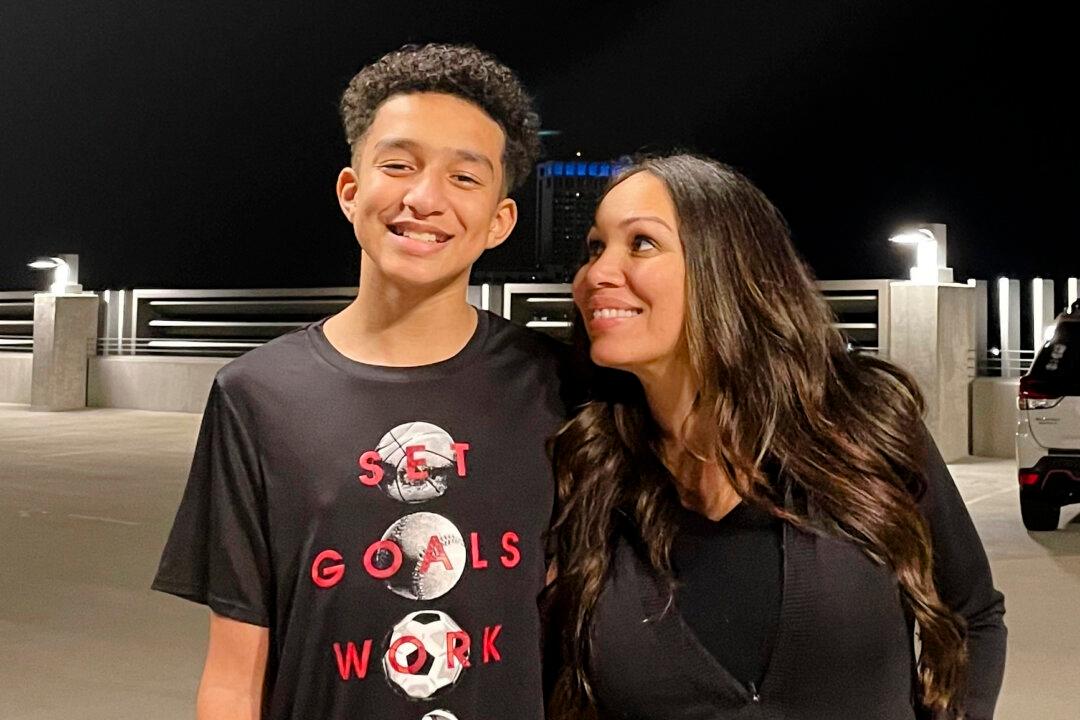BURRAGATE, Australia—Two wildfires merged to form a massive inferno in southeastern Australia and a man suffered serious burns protecting a home, in a night of treacherous conditions during the nation’s unprecedented wildfire crisis, officials said Saturday.
Authorities were assessing the damage after firefighters battled flames fanned by strong winds through the night and lightning strikes sparked new blazes in New South Wales and Victoria, Australia’s most populous states. Conditions were milder Saturday and forecast to remain relatively benign for the next week.





